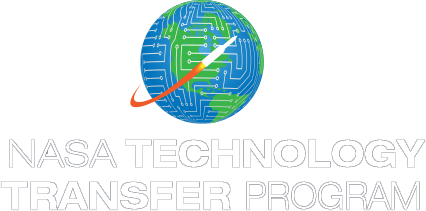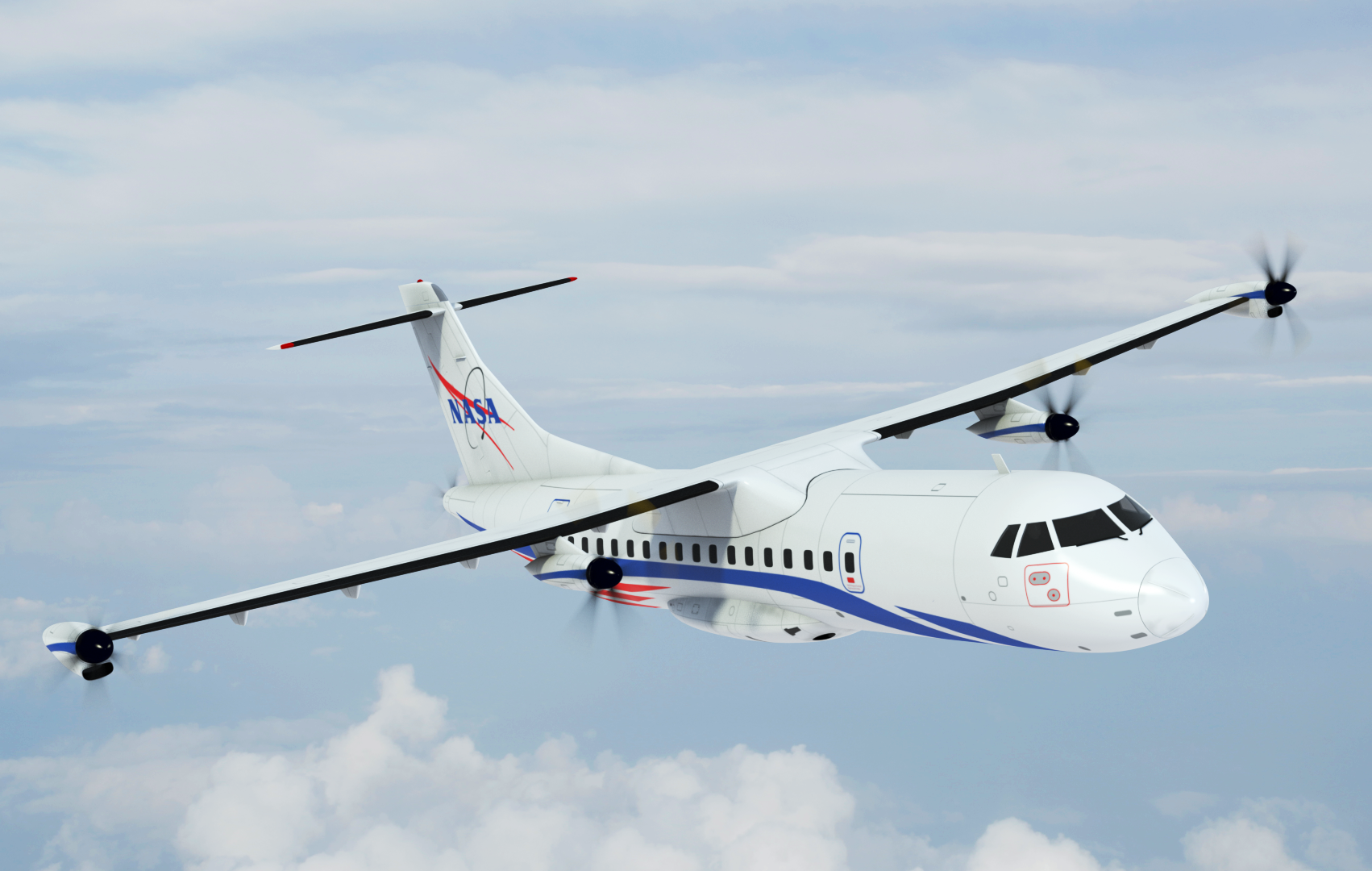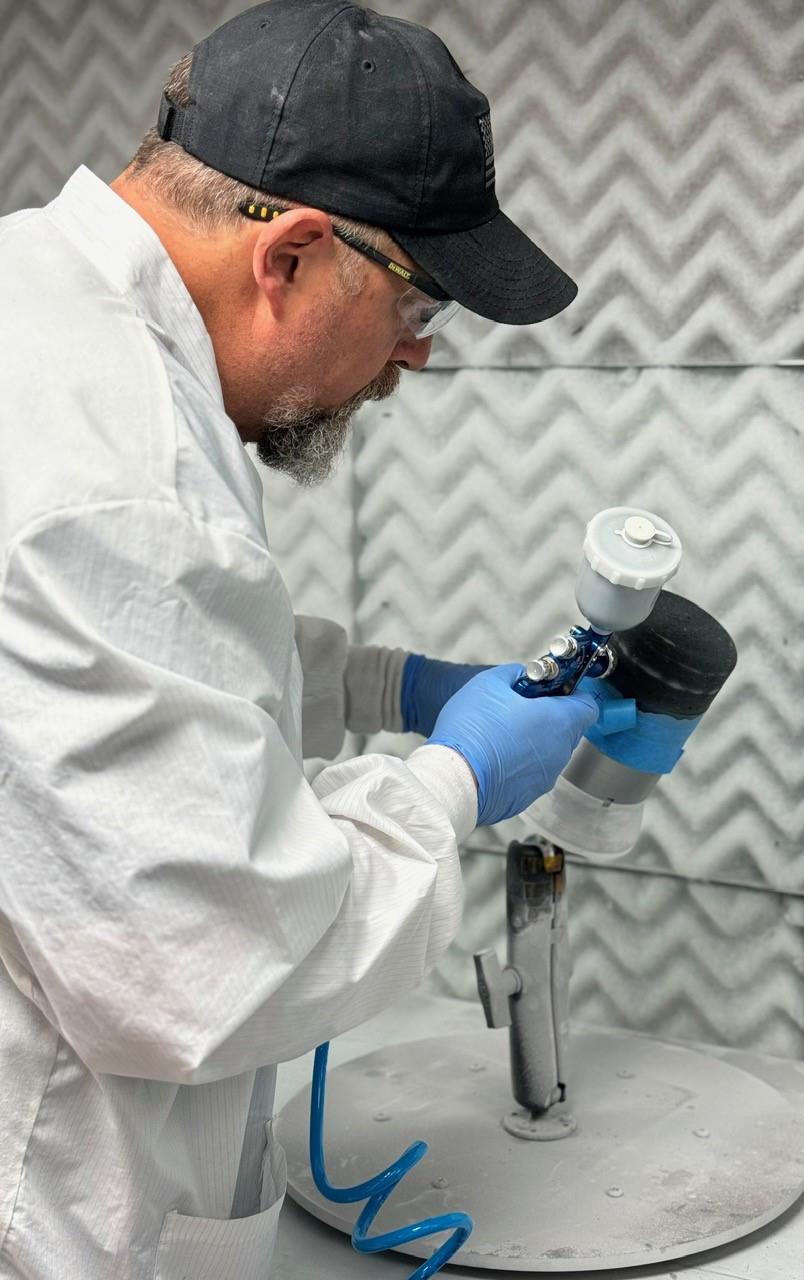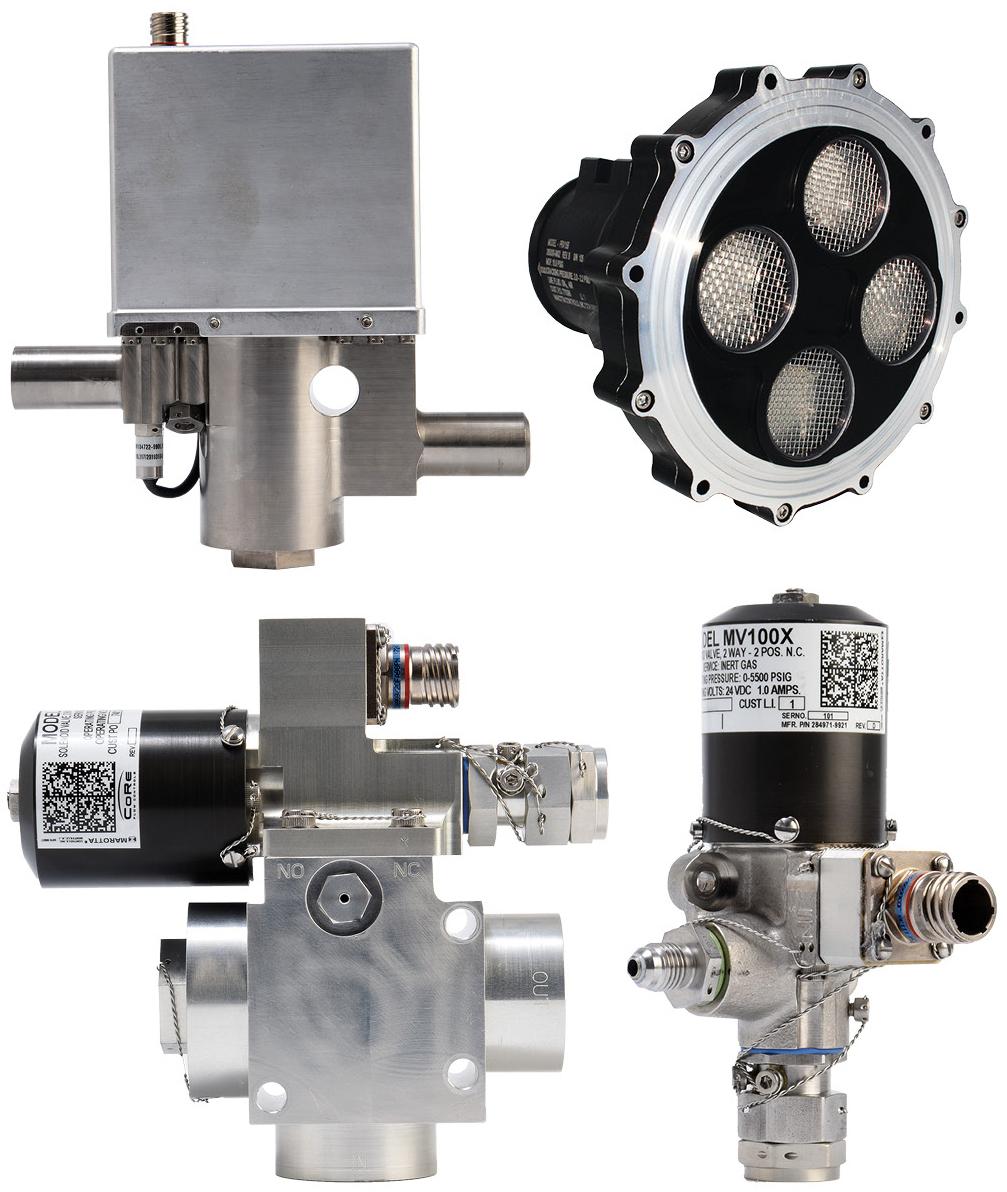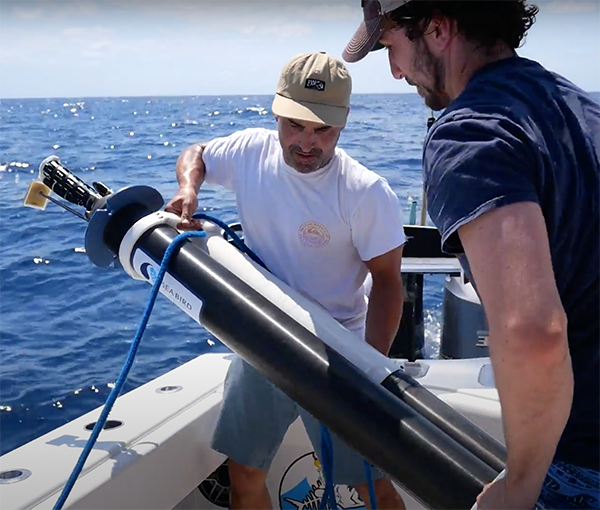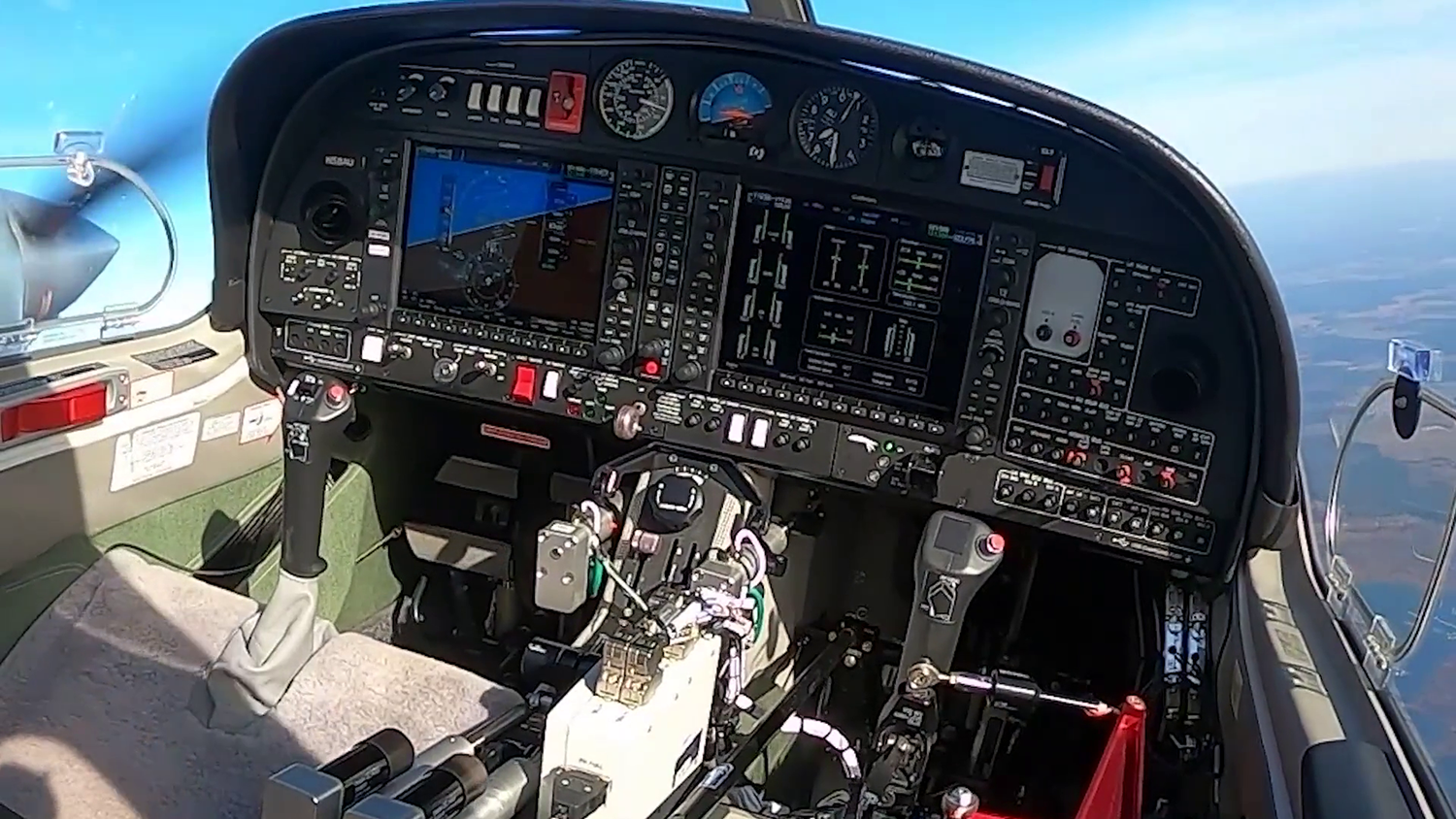
Weaving Data Fabric with AI
Subheadline
Air taxis and drones navigate different flight zones with NASA-inspired system
One of the biggest goals for companies in the field of artificial intelligence (AI) is developing “agentic” systems. These metaphorical agents can perform tasks without a guiding human hand. This parallels the goals of the emerging urban air mobility industry, which hopes to bring autonomous flying vehicles to cities around the world. One company wants to do both and got a head start with some help from NASA.
Autonomy Association International Inc. (AAI), founded by Greg and Jennifer Deeds in 2021, is a public benefit corporation based in Mountain View, California, near NASA’s Ames Research Center in California’s Silicon Valley. The AAI team has deep roots in the area, supporting the Silicon Valley Autonomy Association to stage meetings and events among the area’s experts in AI and autonomous vehicles.
In 2022, AAI signed a Space Act Agreement with Ames to support the agency’s Data and Reasoning Fabric (DRF) project, which aimed to support the transportation of people and cargo to areas previously unserved or underserved by aviation, and to provide reliable, accurate, and current data for aeronautic decision-making. Much the way clothing fabric is made of intertwined threads, a data fabric comprises intertwined data sources. While a data fabric built by a tech company may include data from a few different cloud services providers, NASA’s DRF also can use information provided by local governments and other service providers. By viewing airspace as a large data fabric, an autonomous vehicle can take in data and requests from the cities and towns it flies over and prioritize responses between them.
“The goal of the work was to develop a system that facilitates the exchange of information among numerous systems and enables the application of machine learning and artificial intelligence for aeronautics problem ,” said Ken Freeman, principal investigator of the project at Ames.
In the air over Arizona, AAI and NASA performed four testing evolutions of the data fabric technology. Using hardware and software developed by AAI, the flights tested advanced air mobility passenger flights and the use of a drone for rapid delivery of medical supplies from urban to rural areas and back, while sending new tasks to the aircraft in flight. A helicopter stood in for the drone and air taxi, flying over towns, universities, tribal lands, and the airspace around Phoenix Sky Harbor airport and obtaining data and programs given to it from different places.
“We’re focusing on the digital infrastructure building blocks of smart cities and regions of the future,” said Jennifer Deeds, chief operating officer of AAI.
In the years since the original NASA project, the company has cultivated relationships and customers abroad. Released in 2024, the company’s Digital Infrastructure Platform uses the same technology originally designed for the NASA flight test. A new, “agentic” version followed not long after, able to retrieve necessary AI programs with minimal interaction. Jennifer says customers using the AAI platform include companies in the fields of agriculture, real estate development, and industrial food production using it to aggregate and manage data.
“Inspiration to lean into data fabric to solve certain complexities came from our NASA partnership,” said AAI cofounder and the project’s industry principal investigator Greg Deeds. “Working on this project was a great experience — to work with NASA engineers and leaders, like Ken Freeman, gave us experience that we’ll carry forward in all of our products.”
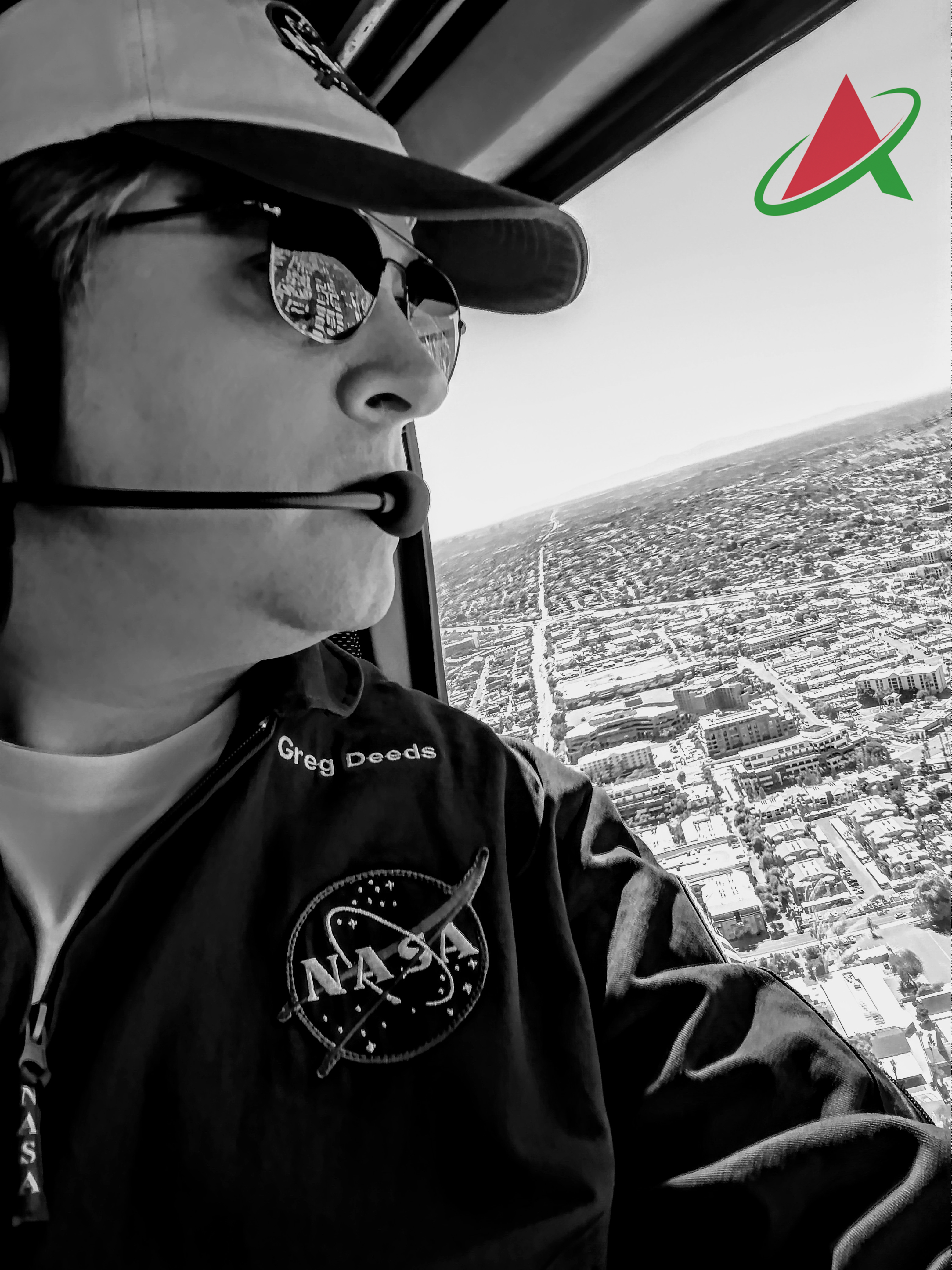
Greg Deeds looks out the window of a helicopter flying over Arizona during a test of Autonomy Association International’s data fabric technology in collaboration with NASA. Through multiple evaluations above Phoenix, the testing proved the capabilities of the company’s Digital Infrastructure Platform. Credit: Autonomy Association International Inc.
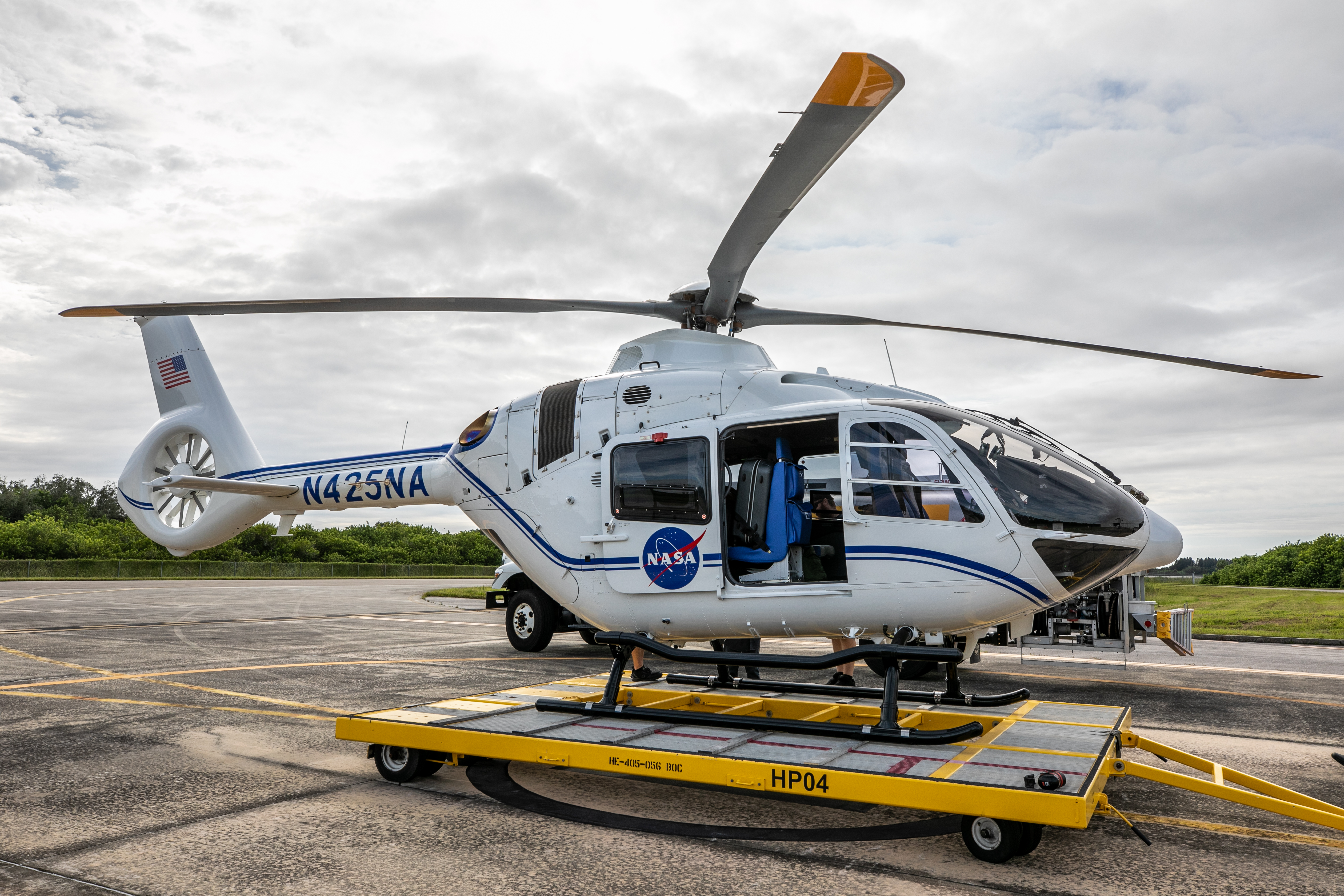
In testing of the data fabric platform, a helicopter stood in for the air taxis and autonomous vehicles that would be used by this technology. Credit: NASA

NASA’s research into the field of Advanced Air Mobility looks to enable autonomous aircraft with complex capabilities such as carrying cargo or providing medical aid, as seen in this artist's concept. The Data and Reasoning Fabric project out of Ames Research Center tested delivery of programs and information to these kinds of vehicles. Credit: NASA

